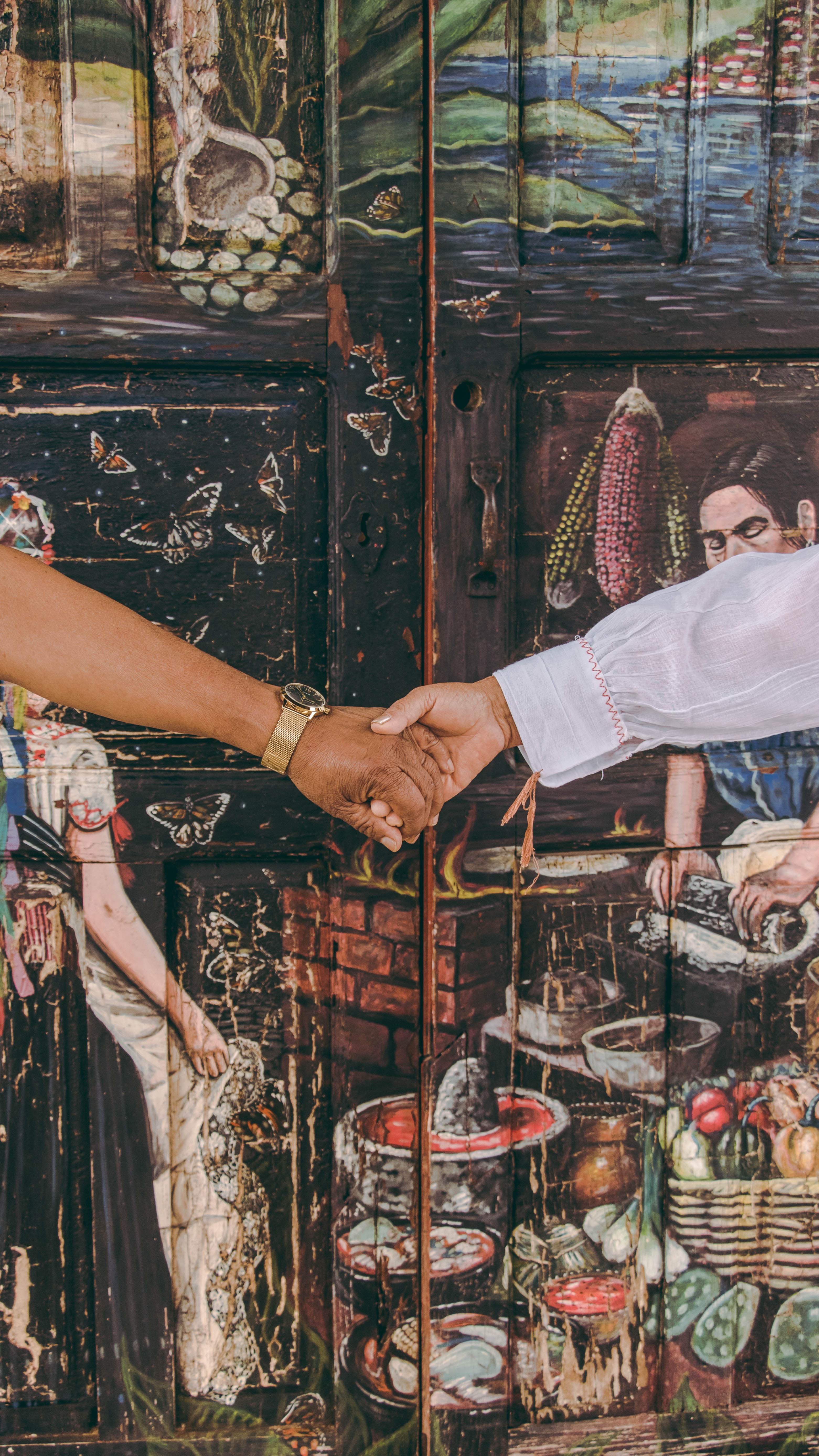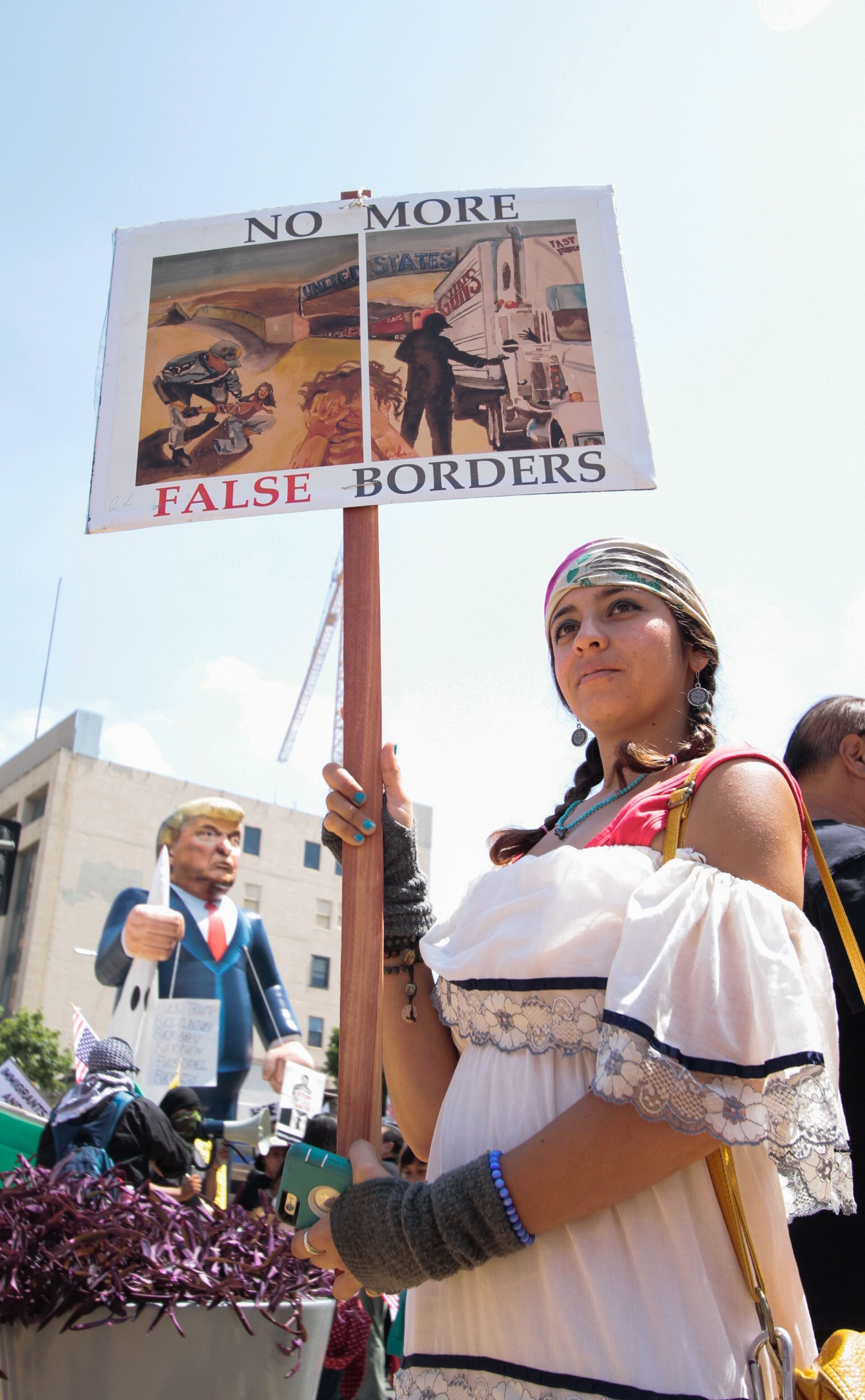
Story
A Pivotal—and Long Overdue—Moment for Change
What happened in 2020 was not unprecedented. Rather, it was a stark reminder that racism and classism had for too long gone unresolved. It was a time for action. The youth of 2020 went on to become the chroniclers of their era—and the leaders of the effort to redress the inequities the pandemic had exposed.
Editor’s Note: How will 2020 go down in history? In the Hindsight 20/20 project from The Colorado Magazine, twenty of today's most insightful historians and thought leaders imagine themselves in 2120, looking back on 2020 and sharing their visions of how that year will stand the test of time.
The year 2020 was filled with uncertainty, loneliness, sadness, anger, and hope. Mothers wondered what their young children would remember and what they would tell them about 2020. Many youth across the nation and globe relied on online learning and virtual playdates—something no one had anticipated. The Covid-19 pandemic impacted people’s abilities to spend time with loved ones, and as the holidays approached, to share traditions like making tamales and biscochitos with their abuelas. Realistically, time apart from loved ones was nowhere near as great as the impact on families and friends of 300,000 people for whom 2020 had meant having to say goodbye from a distance—left to mourn without closure over lives cut unexpectedly short.

The Covid-19 pandemic meant spending time apart from loved ones, while trying to find new and creative ways to celebrate and continue family and cultural traditions.
The year was often described as “unprecedented,” but really, it was a stark reminder of issues left unmitigated over time. Years later, scholars reflected on how Covid-19’s impacts on BIPOC citizens—Black, Indigenous, and people of color—forced them to once again confront systemic racism and classism and emphasize that those struggles had never really ended. For Chicana scholars who taught and wrote about Chicanx/Latinx communities, 2020 signaled time for action. Our next generation of critical ethnic studies scholars and historians questioned why we saw disproportionate numbers of Latinx Covid-related deaths and why, in 2020, Latinx still made up the majority of frontline workers. These scholars also examined the integral role of youth as they took action to address persistent systemic issues of racism, classism, and access to education.
Seemingly disparate, but not unrelated, Latinx communities felt uneasiness about their political future as a growing racial demographic. Chicanx/Latinx historians later wrote about how the 2020 presidential election sent us a strong message that Latinx are not a monolith and cannot be cast as a single voting bloc; that race is a social construction; and that young Chicanx/Latinx organizers in borderlands states like Arizona worked tirelessly to encourage voters to help turn historically red states blue.

Immigration policies put in place by the Trump Administration inspired tens of thousands of demonstrators to make their voices heard.
Those scholars also focused on immigration. In 2020, the country witnessed the impacts and toxicity of xenophobic practices like the Trump administration’s adherence to “zero tolerance” along the US/Mexico border. In her book Borderlands/La Frontera, Chicana feminist scholar Gloria Anzaldúa described the borderlands as “una herida abierta,” an open wound. Twenty-twenty revealed the worsening of this wound through reckless abandonment by a government that allowed thousands of children to be separated from their parents at the border, more than 600 of them remaining alone because their parents could not be located. Future scholars documented these barbarisms.
Many issues evidenced in 2020 were not new—the killing of our Black brothers and sisters, increased numbers of missing and murdered Indigenous women, continued poverty, #Landback efforts—but neither was our resistance. As 2020 closed, mothers reminded their daughters that they would see their abuelas again. Educators reminded their students—our future scholars and leaders—that this was a pivotal moment for change, long overdue, and we would continue to resist.
More from the Hindsight 20/20 project in The Colorado Magazine
2020: Year of Destiny Though Americans in 2020 felt the weight every day of a global pandemic, in the end they endured. What was harder to appreciate at the time was the pandemic's long-lasting impact on American politics—and democracy itself.
Heard Immunity A music writer ponders the quaint habits of music fans of 2020, who, in their day, lamented the loss of such archaic practices as live concerts, in-person gatherings of any kind, and now-outdated technologies. But music itself lives on, as does a certain rock ’n’ roll guitarist.
A TikTok Pandemic Story In 2020, a generation of young people experiencing isolation and loneliness in the midst of a pandemic seized on a new platform called TikTok. This new generation of media creators transformed trauma into creativity and, ultimately, connection.
